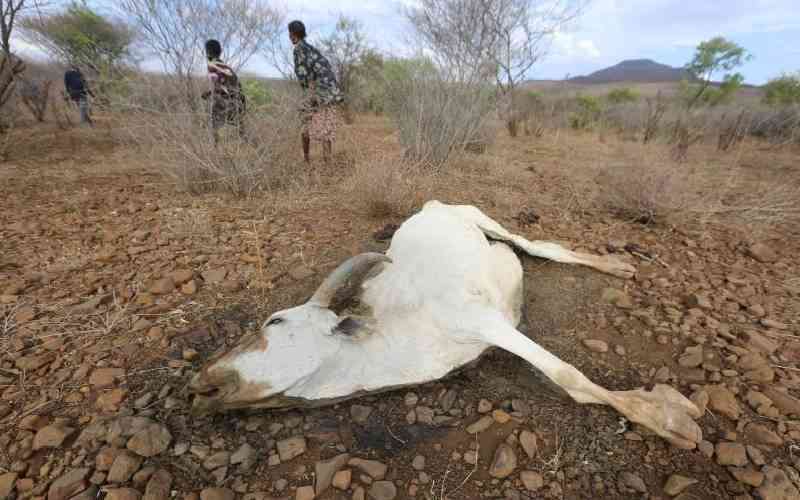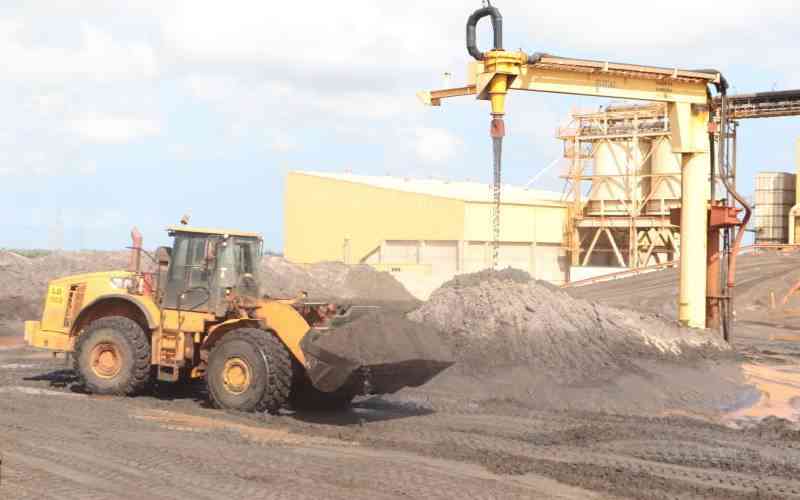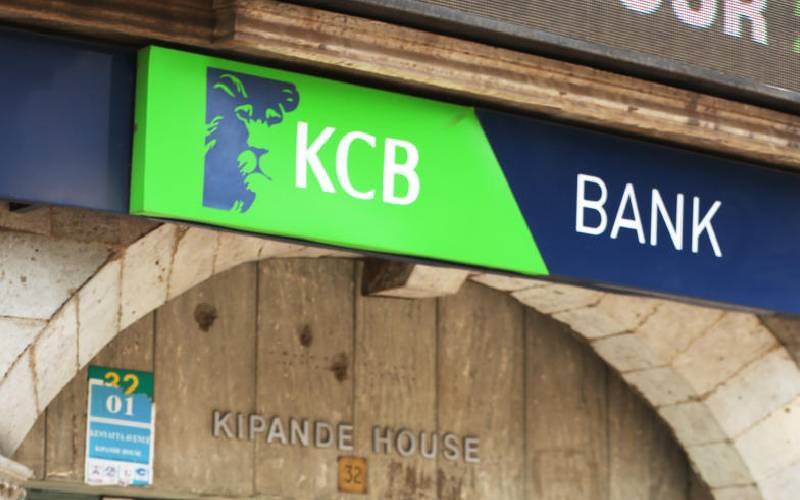
Cymbopogon, better known as lemongrass is a genus of Asian, African, Australian, and tropical island plants in the grass family [iStockphoto]
Lemongrass farming in Kenya has gained significant popularity in Kenya due to the growing its aromatic and medicinal properties. Lemon grass (Cymbopogon citratus) is a versatile herb known for its refreshing lemony fragrance and various culinary, medicinal, and industrial uses. David Omuga has set aside about an eighth of his farm in Gem, Siaya County, to grow lemon grass. He gets orders from people in the beauty industry and herbal tea sellers.







